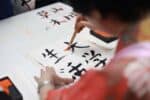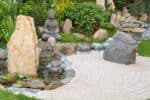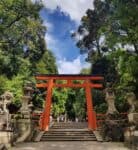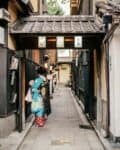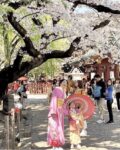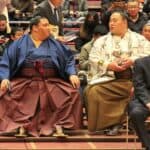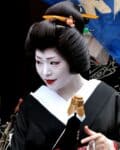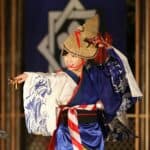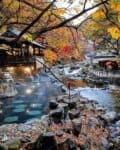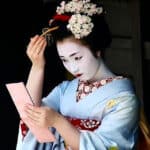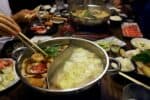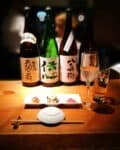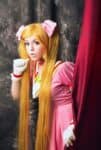Dragons are mythical creatures that inspire thoughts of adventure, bravery, and mystical powers. With thousands of years of lore and stories behind the legends, the creatures have entrenched themselves into the Japanese culture. We explore the existence and importance of the Dragon in Japan’s society.
Dragons are quite prominent in Japanese culture. Even though they are fearsome and powerful creatures, they’re not malevolent and are thought to bring wealth and good fortune. Still today, many Japanese Zen temples have a dragon painted on the ceiling of their assembly halls.
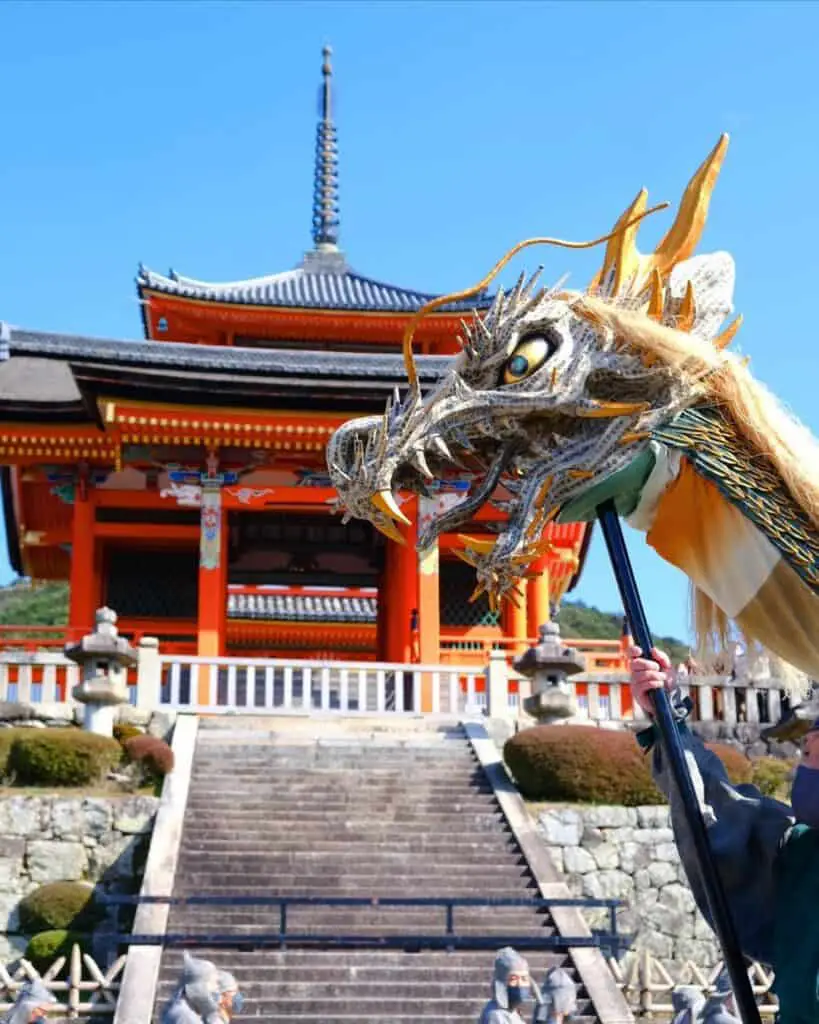

The fascination with the mythological animal originated in China and Korea. The Chinese dragons heavily influenced the style of the Japanese deities which are known to be water based and rule over the rain, lakes, and oceans. They are typically depicted as large snake-like creatures with clawed feet that have shape-shifting abilities to transform into human form.
The Story of the Dragon
When people in the west think of dragons, the first image that comes to mind is a huge fire-breathing creature with enormous wings that live somewhere underneath the mountain and on top of a gold pile. The creature instills terror in the hearts and minds of those who encounter its ferocity.
It’s most commonly depicted as the thief of sheep and devourer of young maidens. The story then says that a brave knight with a pure heart will come along and say the town by slaying the evil dragon.
Perception of these mythical creatures is most definitely influenced by art and media and is removed from the actual legends themselves. Of course, they are strong and powerful, but in eastern cultures, they are not the monsters that devour humanity and are greedy for gold.
They are considered to be guardians that protect people from various dangers. The dragons are both wise and powerful and they share this wisdom with people that amuse their senses.
Origin of the Dragon
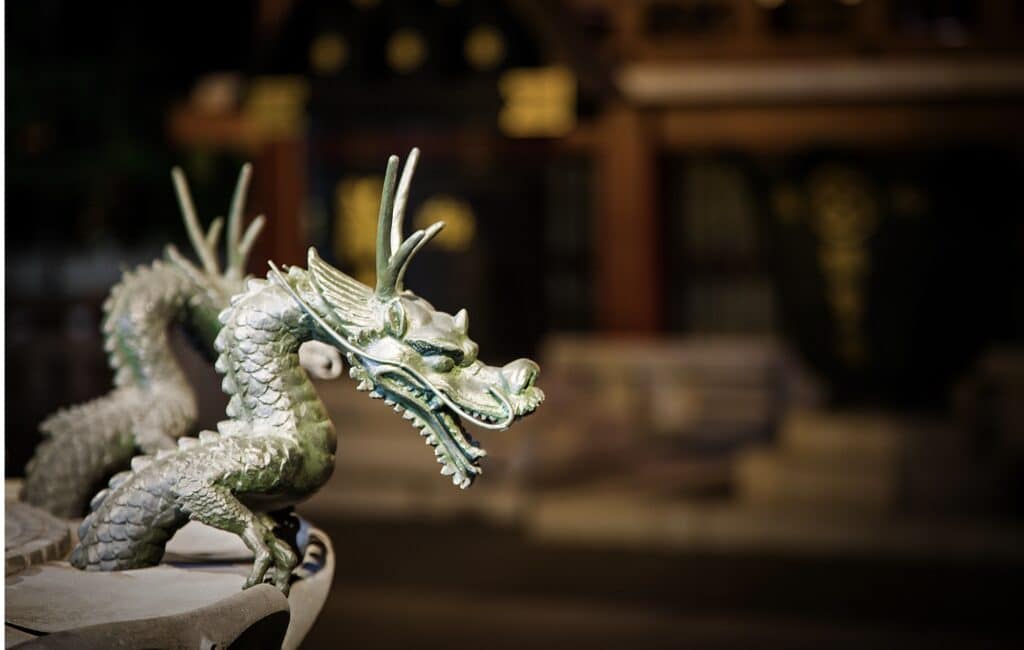
To understand the dragon’s origin, one needs to take a brief look at Japanese mythology overall. Suppose legends are to be believed, then Japanese mythology used Shinto, Buddhism, and folklore to explain the process of creation.
It is believed that several deities came into existence when the universe was created and were referred to as Kotoamatsukami. After the heavens and earth were formed, seven generations of gods evolved, and they were regarded as the age of god’s seven.
These gods or Kamiyonanayo consisted of 12 deities, of which two served as the initial Kami, and the other ten emerged as male-female pairs of siblings or married couples. Several other smaller gods and goddesses came into being from this initial group of deities, and various creatures served as guardians, messengers, enemies, and Warriors.
The dragon was one of these creatures, and it was unique in the sense that it served as a water god and lived in the oceans. It fought with other gods and shape-shifted into humans or vice versa.
They are believed to signify wisdom, success, and strength. Considering that the dragon evolved as part of the creation of the world, it’s no wonder that it’s entrenched into the culture of the Japanese people.
Symbolism of the Dragon
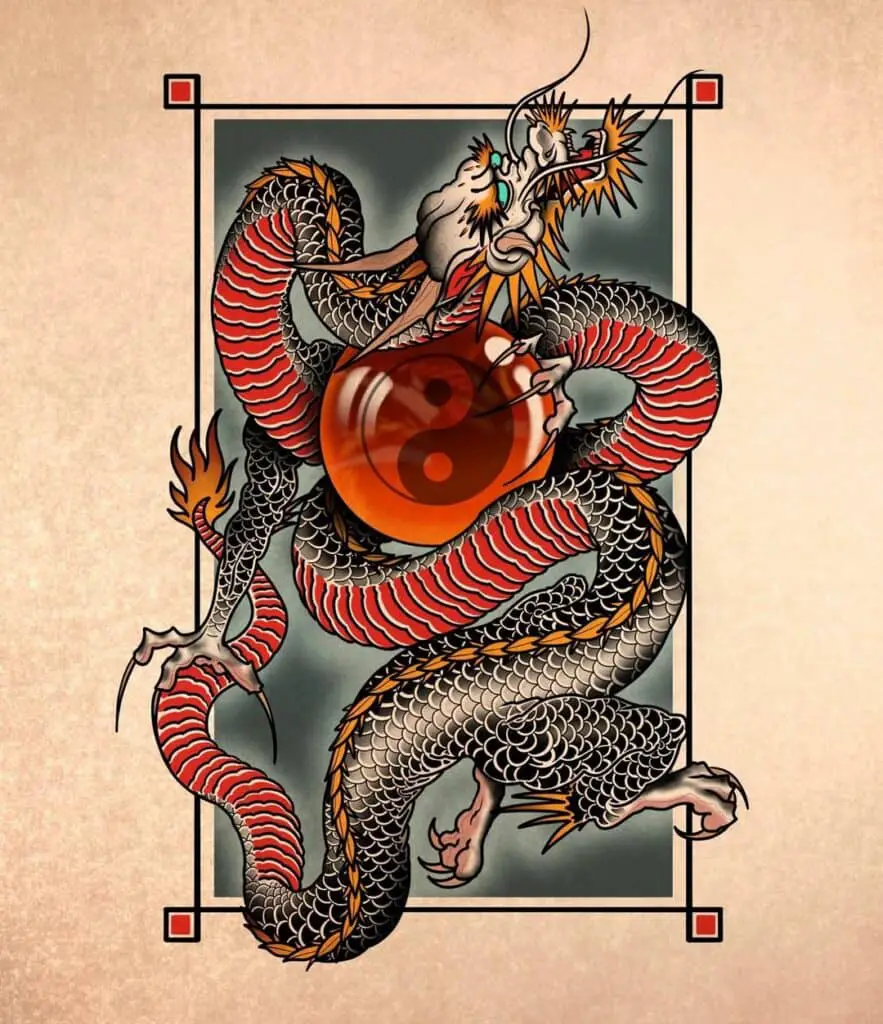
There are many common links between the legends associated with dragons from China, Japan, and India. Ancient texts contain stories that come from Buddhism and Hinduism. However, the Chinese and Indian dragon is quite different from the Japanese Dragons, as seen by the various artworks.
For example, Japanese dragons look more like a serpent and very rarely have wings. In contrast, the Indian and Chinese dragons have wings and aren’t bound to the ground. Furthermore, Japanese Dragons present scales and spines in the various depictions, whereas this is not often seen in the other two.
This confirms the legends that the Japanese Dragon is meant to be a water creature with scales and spines rather than a fire breathing flying monster depicted in most modern movies and books.
Dragon Features and Characteristics
Across folklore, the water-loving dragon tends to bear similar characteristics repeated over and over again within stories. We explore a few of the well-known ones and delve into some of the details.
Shape-shifting lovers
The belief is that dragons have the power to transform into any shape or size. They, therefore, symbolize magical powers, transformation, and adaptability. Of course, it would have been almost impossible to catch them in their true form due to this ability, which gives them a sense of mysticism in their existence.
It’s also believed that they would change shape and turn into humans to mate. Through this shape-shifting power, the first Emperor of Japan was a descendant of a Dragon God’s daughter.
According to the stories, she transformed into a human and married a hunter, and from this union, a son was born. The son grew up, got married, and had four sons of his own, one of which became the first Emperor of Japan. This legendary story installed symbolism of royalty, honor, imperial power, and pristine each onto the dragon.
Dragons Are the Protectors of Buddha
In the scripts, dragons have been associated with gardens in Buddhism. The story goes that when Buddha was meditating in lake Mucilinda, a seven-headed dragon saw his light and came to the surface.
His excitement was so great by what he saw that he initiated rain, which lasted for seven days. The dragon used his seven hoods to cover Buddha and protected him from the storm.
On parting, he promised to protect the lands and govern the workings of the Buddhist laws. Today in many Buddhist temples and shrines, you will find dragon statues and paintings as it symbolizes protection, honoring a promise and abiding by the Buddhist laws.
Dragons Are Bearers of Yang Energy
Dragons represent yang or masculine energy, which is associated with activity, creativity, and leadership. Its ultimate enemy is the Phoenix, which is the symbol of femininity. They may be considered rivals, but it symbolizes a perfect balance to reach marital bliss when the two Unite.
The Crystal or Pearl in Its Claw Is Power
The Japanese Dragon symbol holding a pearl or crystal in its claw brings wealth, power, success, and prosperity. It is believed that keeping this image on the east side of your house will attract all of this into your life.
Dragons are also known as the controllers of waters and winds, and it allows them to have power over the harvest and goes hand-in-hand with an abundance of earnings and wealth.
Seven Famous Dragons of Japanese Mythology
Like any legendary creatures, some find their place in the people’s hearts, whether through good or bad deeds. We take a look at seven of the most famous Japanese dragons.
The Eight-Headed Dragon Orochi
This legendary creature has eight heads, and each one represents an element. The first four are ones that everybody knows, namely fire, water, earth, and wind. The other four elements are less known but just as important and even toxic, and these are poison, light, darkness, and thunder.
The creature’s eyes are described as bloodshot, and his size is beyond the normal mind’s comprehension. Stories compare him to being equal to 8 valleys or mountains where you couldn’t see the beginning and the end in one glance.
The body is covered with moss and cedar and is constantly on fire. To make the scene even more terrifying, rivers of blood flow around him, and he carries a bell, which he uses to instill fear in the local population.
The Fallen God Susanoo
The eight-headed terror Orochi spread fear into large regions, and many people lost their lives to him. The king of Sumo offered one of his daughters as a sacrifice every year to try to appease the creature.
One day the God Susanoo visited as he was passing by after being banished from Heaven. After hearing of the situation, he decided to challenge the beast and slay him in exchange for the king’s daughter’s hand in marriage.
He created a trap by erecting fencing around the village, and he left eight openings in the front, at which he then put barrels of Saki. The scent attracted Orochi, who appeared and made seven of his heads drink while the last one kept watching for danger.
Susanoo started to cut off the heads with his sword, which of course, enraged the beast who tried to kill him. However, because he was inebriated from the Saki, he had trouble fighting back. The god eventually managed to defeat the eight-headed terror.
Once the creature was dead, Susanoo found in the dragon’s tail one of Japan’s three sacred treasures. A sword called “Kurungi-no-tsurugi” or the sword of the sky.
Ryujin: the Ruler of the Seas
Ryujin is a huge Dragon with a long snakelike body covered in scales, and he is usually depicted with a long mustache, beard, and three claw legs. He lives at the bottom of the ocean in a huge palace made of coral and has sea turtles, jellyfish, and fish as his servants.
He controls the tides with Jules, which also serve as decorations for the pedals. On occasion, he will visit the surface in human form.
The Vengeful Woman Turned Dragon
Kiyohime was the daughter of a wealthy man who owned an inn for travelers. One day a monk called Anchin, while visiting the dwelling, fell in love with her. The love affair was short-lived as the monk started to feel guilty about breaking his chastity vows and left to continue his journey.
The heartbroken Kiyohime decided to chase after him when she found out he had gone. After catching up with him, an argument ensued, and the monk wouldn’t let her join him, leaving her behind as he sailed away. This made her furious, and she jumped into the river and started to swim towards the boat.
The legend states that at this moment, she transformed into the dragon as a result of her vicious anger. The story doesn’t end there as she proceeded to chase the monk who tried to find refuge in a nearby temple.
Anchin was terrified and hid under the temple’s massive bell. This didn’t save him and sealed his fate because when Kiyohime found him, she melted the bell with the breath of fire and killed him in her rage.
Mizuchi: The Water Deity
While most dragons are considered benevolent, the Mizuchi dragons were evil creatures that live in the rivers. Their weapon is a poisonous breath that often kills those who happen to wander too close to them.
Legends say that they were defeated by Agatomori, who got tired of all the killings and hunted them mercilessly for years. He was obsessed with his mission, and after several years of hunting them on the Kawashima river, he slew every one of them.
As a show of his success, he dragged the dragon corpses into a nearby water pool, which eventually turned red due to all the blood.
Nure-Onna the Treacherous One
The name Nure-onna means “wet woman” and is a creature with a woman’s head on a giant serpent body. The appearance varies slightly from story to story, but generally, it is known to have bulging, snakelike eyes and sharp claws and fangs.
She’s usually seen on river shores and keeps busy by washing her hair. Some descriptions say that to attract potential victims; she carries a small child. When a brave person tries to rescue the child, it attaches itself to the victim and makes it almost impossible to escape.
The well-meaning soul then drowns in the river. Some of the stories maintain that she uses a long and powerful tongue to drain the victim of blood.
The Grandmother of Japan’s First Emperor
As the legend goes, the daughter of one of the dragon gods married a human prince after he rescued her from a gang that tried to kidnap her. She became pregnant, and on the day she was due, she asked her husband not to accompany her as she wanted to have the baby in privacy.
His curiosity got the better of him, and he followed her. He bore witness to her transformation into a dragon during labor since her true form was not that of a human. When she realized what he had done, she became furious and returned to live under the sea, abandoning him and her child.
Her motherly instinct would not let her leave her child be, and she sent her younger sister to raise her son on the surface. Eventually, her son got married, and his child Jimmu became the first Emperor of Japan.
Types of Dragons
In Japanese and Chinese mythology, the dragon is closely associated with the watery realms. In various paintings and artwork, it is often surrounded by water or clouds.
There are four dragon categories in Japanese lore, but there is a fifth category of dragons in China. Below are the five dragon types and descriptions.
- Spiritual dragons ruled the wind and the rain and can cause flooding.
- Celestial dragons are guardians of the Mansions of the gods.
- Treasure guarding dragons protect precious stones and metals, predominantly gold or silver.
- Earth dragons cleanse the rivers and deepen the oceans.
- Imperial dragons five claws instead of the usual four
Dragon Colours
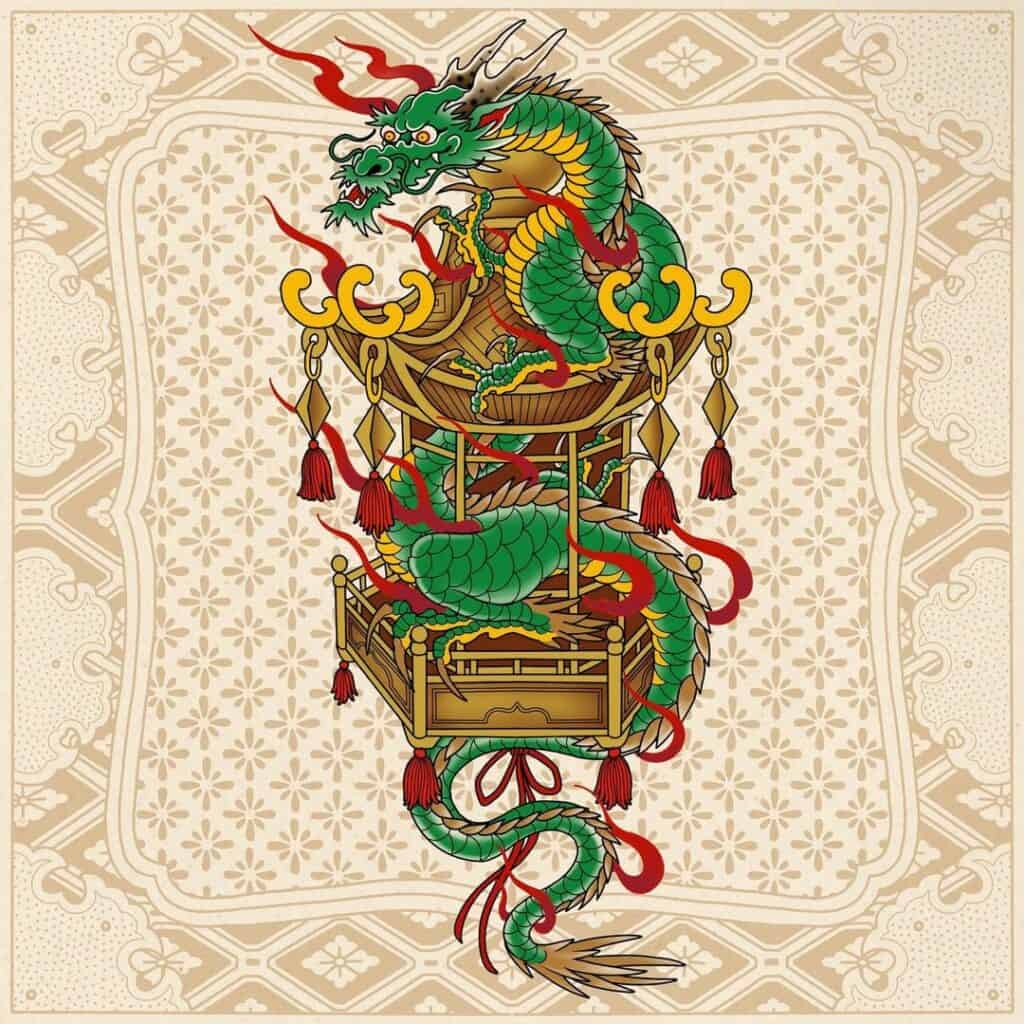
A little known fact is that the dragon’s color also has certain symbolic meanings and represents specific attributes.
- Black means that the parents are old and wise, And the symbolic virtues of experience and wisdom.
- Gold carries attributes of kindness, wisdom, and helpfulness. This color represents value and a variety of other virtues.
- Green represents life and the earth and is usually associated with smaller dragons.
- Yellow represents those from the East and individuals who are self-centered and helpful. They are known to be noble companions.
- Blue represents those from the west and symbolizes laziness, forgiveness, and compassion. There are also considered to be gentle and forgiving, and benevolent dragons.
Importance of Dragons in Japanese Culture
The Asian Dragon represents balance and is one half of the yin and yang. The Phoenix represents the other half. It’s believed that the dragon symbolizes the perfect mix of good and evil.
In Japan, the colorful dragon has been part of the cultural mythology for hundreds of years. It’s known to have supernatural powers and wisdom and symbolizes balance, freedom, and good luck.
Dragon Tattoos
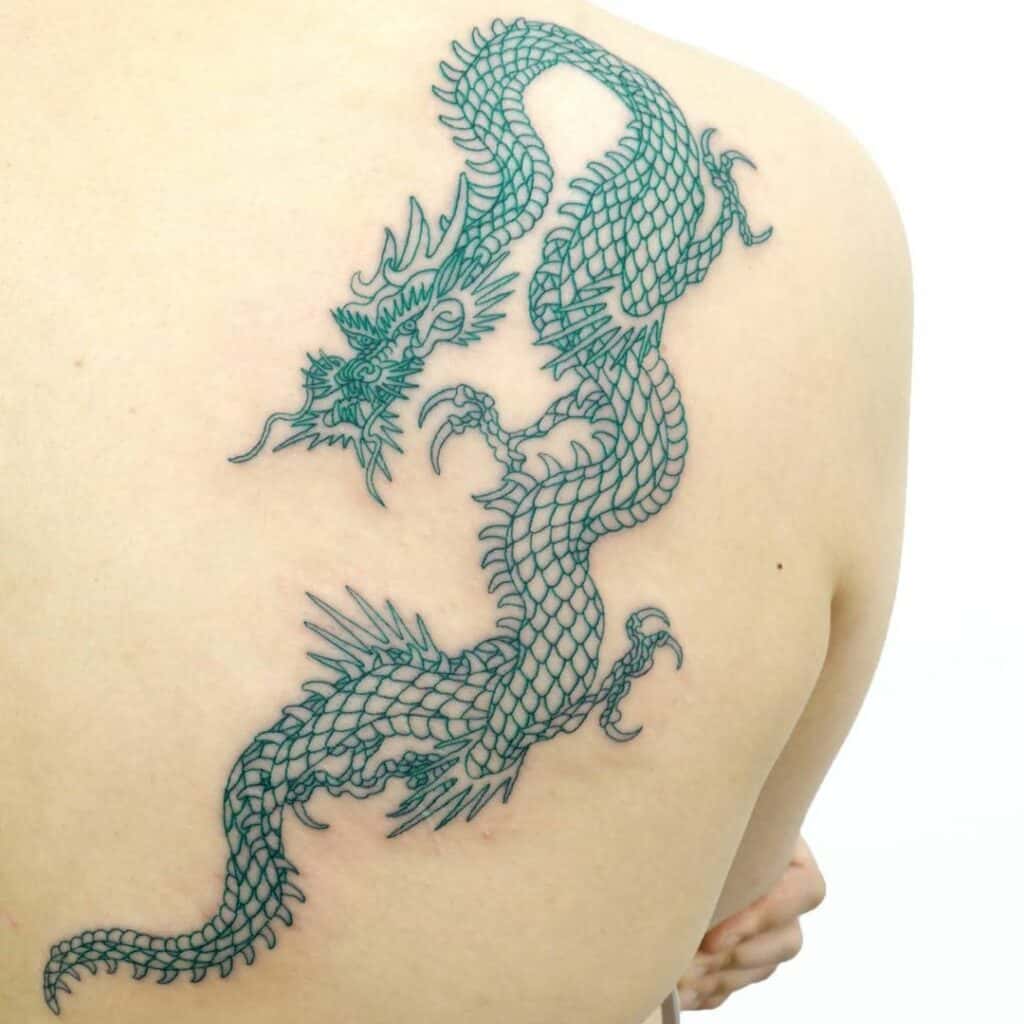
The people believe that balance is crucial for success and choose a dragon to represent that balance in their lives. They incorporate this mythical creature into their daily lives by getting tattoos to represent their belief in its mystical powers.
Images chosen differ in style and can include wind or wingless versions with snakelike features such as scales or even cartoon depictions. Since the dragon is believed to have the ability to multiply anything it touches, the hope is that by having the tattoo on their bodies the dragon will help people improve their financial success and relationships.
The oriental myths are far removed from Western society’s depiction of dragons. The Japanese dragon is used to embed qualities of wisdom and wholeness and bring a sense of balance to the person’s life.
In Western countries, a dragon Tattoo is often a threat or representation of a person’s strength and power. It’s meant more as a warning rather than a spiritual embodiment of the dragon’s true nature.
Celebrating the Dragon
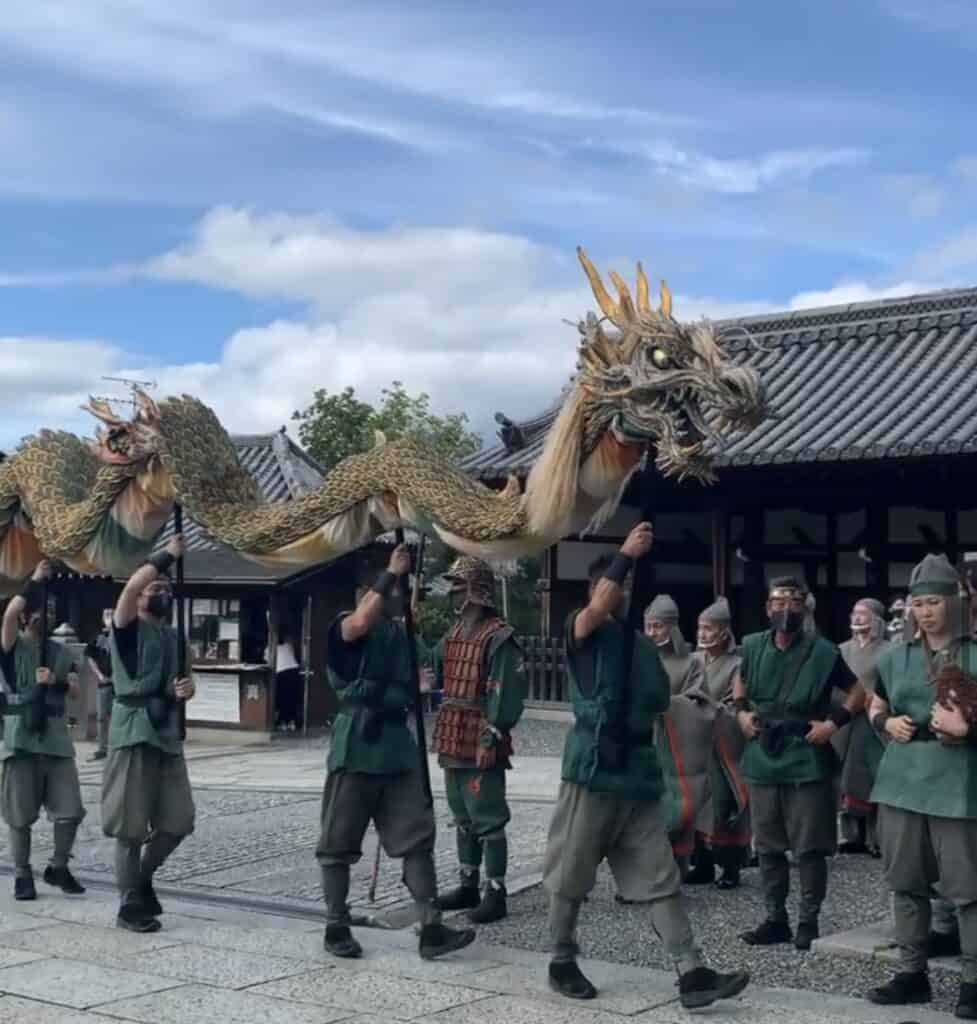
In Japan, one of the main attractions during large festivals is the Dragon dance. It was originally performed by Chinese residents that settled in Nagasaki. This was during the Edo period when it was the only port available and open for foreign trade.
It has since then been adapted for the local Japanese festivities. It represents wisdom, wealth, and power, and it is believed that dancing scares away evil spirits and all bad luck that comes with them. Taking part and enjoying the beautiful ritual is said to bring good luck and wealth.
The dance consists of a team of dancers that carries an image of the Chinese Dragon on poles. The lead dancer will lift, thrust, dip, and sweep the head to animate its features. With modern technology, the head may contain animated characteristics controlled by the dancer and is sometimes designed to spew smoke from pyrotechnic devices.
The team mimics the supposed movements of this water spirit with smooth curves and turns. The body of the dragon is made of cloth and bamboo, and the length can vary. Some of the longest ones can reach as much as one hundred meters and need to be held by many people.
The more common ones are sized so that nine people can control it. Accompanying music is played by a band using traditional drums, gongs, and cymbals.
Shrines and Altars
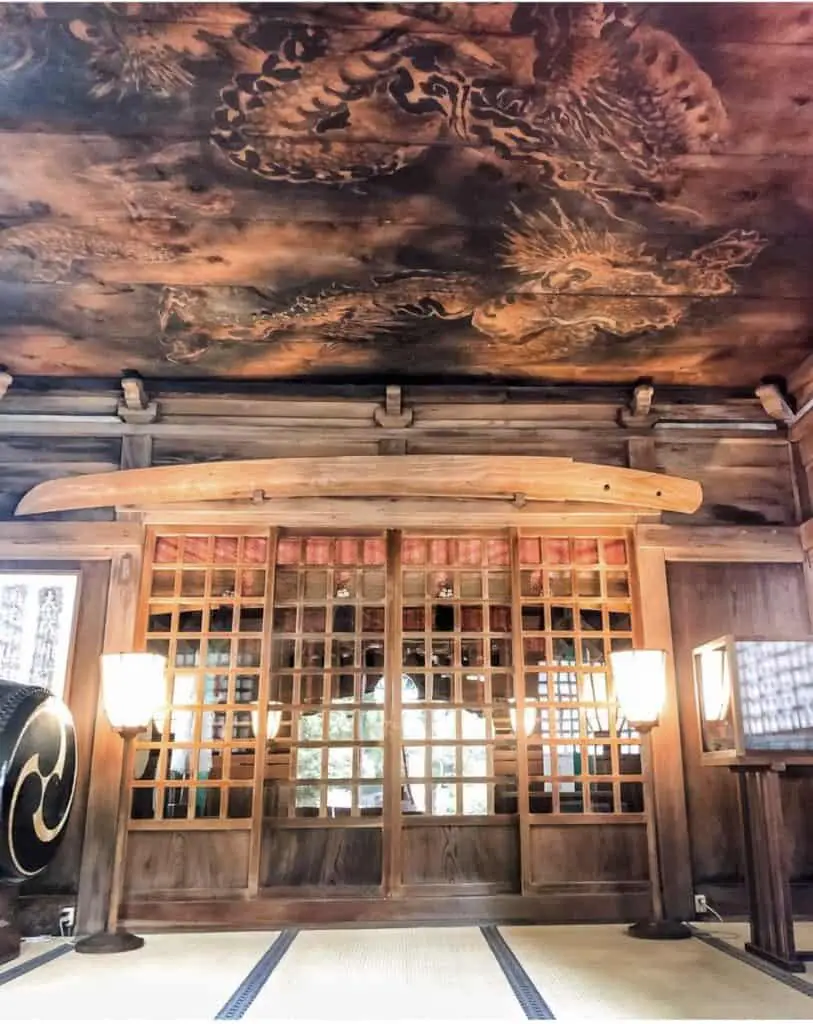
There are several shrines and altars dotted around Japan, showing respect for the dragon. One of the most popular ones is around Hakone and Lake Ashi. The legend states that a nine-headed dragon was terrorising the villagers who lived in the area. A priest decided to build a stone stupa in the lake, and through this gesture the dragon turned into the deity Ryujin.
The shrine was built to show gratitude, and it has become the center of the Ryujin faith. Another beautiful shrine is on Japan’s Mt.Inari. It’s nestled between trees and situated in a bamboo grove, a simple and peaceful setting.
It’s also dedicated to Ryujin and leads travelers down a narrow path through the shrine with a lovely garden filled with dragon statues. The unpainted wooden torii is far simpler than many of the grander ones that lay on the mountain’s main roads.
It’s a place for reflection and peace to restore balance to the soul, which the ancient dragons symbolize. Most Buddhist and Shinto temples have some art or decor showing the dragon’s strength and balance that they hope to bring into the community.
With so many places still dedicated to these mythical creatures, it’s clear that even today, the Japanese people hold dragons in the highest regard.
To know more about Japanese culture, read also :
– 5 Surprising Ways Japanese Culture Has Changed
– Japanese Culture For Kids
– What Is Japanese Culture Known For?
– Japanese Culture For Tourists – What To Know Before You Go
– 7 Things You Need To Know About Japanese Culture For Business
– How Has Japanese Culture Influenced America
– How Japanese Culture Changed After World War II
– Are Korean And Japanese Culture Similar
– Japanese Work Ethic – Why Japan Has Such A Great Work Ethic

